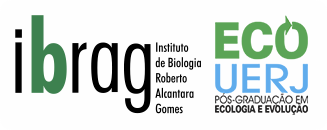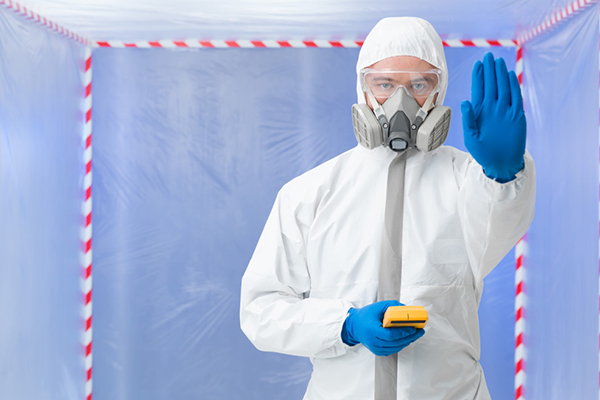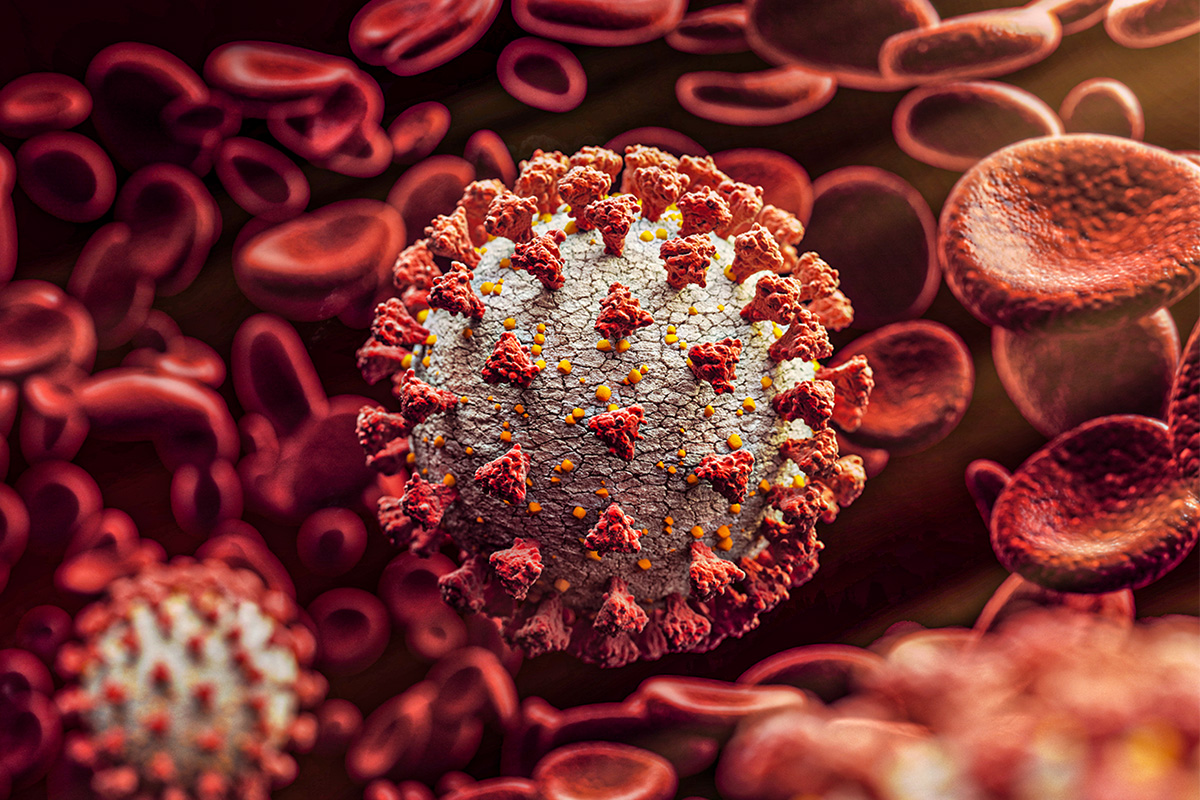 Investments to prevent tropical deforestation and to limit wildlife trade will protect against future zoonosis outbreaks.
Investments to prevent tropical deforestation and to limit wildlife trade will protect against future zoonosis outbreaks.
By Andrew P. Dobson, Stuart L. Pimm, Lee Hannah, Les Kaufman, Jorge A. Ahumada,Amy W. Ando, Aaron Bernstein, Jonah Busch, Peter Daszak, Jens Engelmann, Margaret F. Kinnaird, Binbin V. Li, Ted Loch-Temzelides, Thomas Lovejoy, Katarzyna Nowak, Patrick R. Roehrdanz, Mariana M. Vale.
For a century, two new viruses per year have spilled from their natural hosts into humans (1). The MERS, SARS, and 2009 H1N1 epidemics, and the HIV and coronavirus disease 2019 (COVID-19) pandemics, testify to their damage. Zoonotic viruses infect people directly most often when they handle live primates, bats, and other wildlife (or their meat) or indirectly from farm animals such as chickens and pigs. The risks are higher than ever (2, 3) as increasingly intimate associations between humans and wildlife disease reservoirs accelerate the potential for viruses to spread globally. Here, we assess the cost of monitoring and preventing disease spillover driven by the unprecedented loss and fragmentation of tropical forests and by the burgeoning wildlife trade. Currently, we invest relatively little toward preventing deforestation and regulating wildlife trade, despite wellresearched plans that demonstrate a high return on their investment in limiting zoonoses and conferring many other benefits. As public funding in response to COVID-19 continues to rise, our analysis suggests that the associated costs of these preventive efforts would be substantially less than the economic and mortality costs of responding to these pathogens once they have emerged.
See the full article here.


